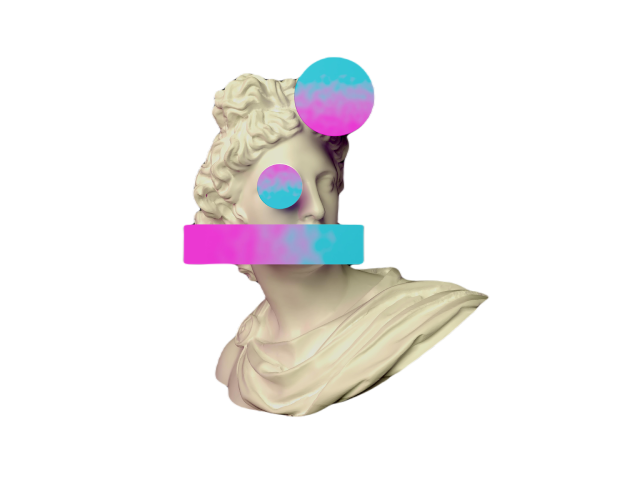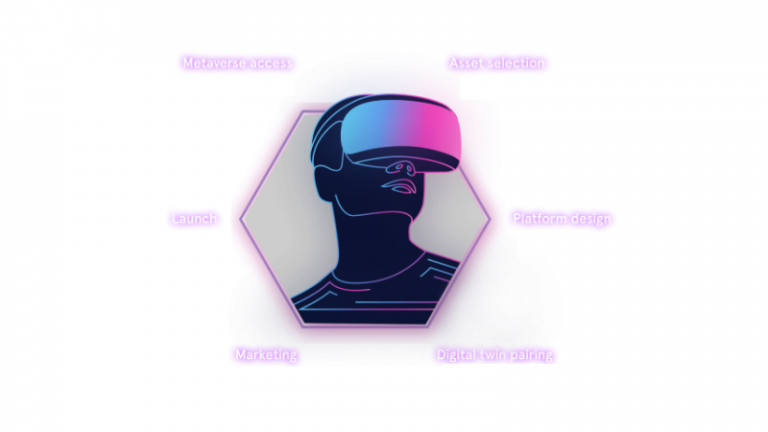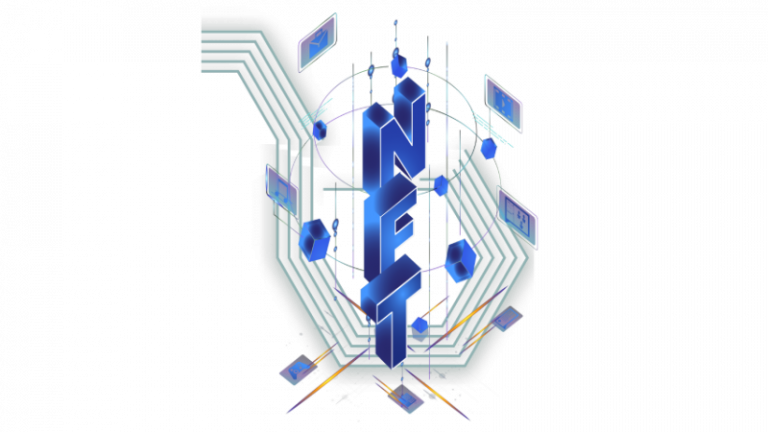
Non-Fungible Tokens or NFTs have generated plenty of conversations about the role of blockchain technology in business.
NFTs represent a range of potential use cases and offer businesses and other organizations a way through which they can offer unique and individualized experiences and one-of-a-kind digital assets.
But NFTs are not the only new assets you should take into account. In today’s competitive market, you have to empower your business with the latest technologies, such as Zakeke Visual Commerce Platform!
Zakeke brings to your business the power of Visual Commerce and helps you take your game to the next level. Are you ready?
There is a wide range of ways a business might be able to use an NFT, meaning that it can be important to understand what NFTs are outside a particular use-case context. In order to best understand what an NFT actually is, let’s take a look at blockchain technology–since NFTs are a product of blockchain technology.
Essentially, a blockchain represents a digital ledger that is very difficult to change retroactively. Blockchain technology allows users to share access to a central ledger and see changes in near real-time. This presents a tremendous opportunity to anybody who needs to quickly share information securely and accurately.
One frequent use of blockchains is the organization of digital assets. Digital assets can be many things. Importantly, a digital asset is generally worth something and stored securely and digitally. Cryptocurrency, fungible tokens, and NFTs are all examples of digital assets.
NFTs are non-fungible tokens, meaning that they’re unique and cannot be interchanged with another token. Other digital assets, such as crypto coins can be traded for one another, but theoretically, a non-fungible token is a unique asset. As such, NFTs can be used to represent ownership of singular assets or can be used as exclusive assets themselves–as might be the case with some NFT art.
NFT businesses can leverage NFTs in their business models in many ways. NFTs can be used as exclusive passes to in-person experiences, as assets that only represent themselves as digital art, to represent ownership of real-life assets and more.
There’s no one way to use an NFT. E-commerce businesses and retailers have already begun to use NFTs in all kinds of capacities. NFTs have a wide range of use cases in e-commerce to engage with customers further:
Big brands such as Nike, Taco Bell, and even Coca-Cola have moved to adopt the use of NFTs as a way to engage with consumers.
For example, Nike recently launched their first line of NFT sneakers. Taco Bell has started to use NFTs to raise money for the Taco Bell Foundation, a nonprofit organization dedicated to helping youth attain education opportunities.
As many use for NFTs as there are in retail and e-commerce, the use of any new technology can come along with certain challenges that must be addressed. With NFTs some of these challenges include ensuring that NFTs are compliant with emerging regulations, addressing security concerns, and more.
Importantly, NFT websites and NFT e-commerce platforms may need to find ways to ensure that consumers have secure wallets with which to store NFTs. In order to do this, retailers might partner with businesses that specialize in securing digital assets.

What business models can organizations use in order to generate revenue with NFTs? Let’s explore a few possibilities:
Some businesses might simply be in the business of selling the NFTs themselves–they might be digital art, collectibles, or novelties. In many cases, these might be customizable and available through a custom NFT marketplace. Some businesses might offer ways for consumers to mint and create their own NFTs by using NFT builders.
One potential upside of this business model is that it’s very straightforward, while a potential downside is that should consumers lose their interest in NFTs, there may be no additional value offered.
While selling off a single set of exclusive NFTs for a low price might not seem like a great way to generate revenue, offering NFTs can be a great way to generate conversations. For example, Taco Bell’s tweet announcing that they were offering NFTs received hundreds of retweets, over a thousand likes, and hundreds of quotes.
A similar tweet from Coca-Cola received over a thousand quotes. While the potential upside is clearly higher marketing visibility, one potential downside to this approach is that it could result in negative press and backfire as well.
Businesses may offer consumers NFT drops as a part of their rewards or loyalty program. This can be a way to make shopping more exciting for consumers, offer more personal rewards, and even learn more about customers. One challenge that businesses might face with this approach is creating desirable rewards for NFT.
E-commerce platforms can choose what benefits come with NFTs – for example, consumers who’ve collected one NFT may get access to exclusive rewards or discounts, and consumers who’ve collected two might have access to even bigger discounts.
There are many possible use cases for NFTs. Let’s explore some particularly exciting ones:
The gaming industry already holds an audience that tends to be invested in new digital technologies, particularly when they’re able to drive gaming experiences. NFTs can be used to create digital goods that are used in games exclusively by owners. Big players like Ubisoft have made moves toward a future where gaming and Web3 meet.
We’ve already explored some of the NFT use cases in retail and reasons businesses can make use of NFT in retail. What’s more, retailers can find ways to make NFT drops even more appealing through methods such as NFT visualization and by offering customizable NFTs. Companies like Nike, which offer NFTs, may be able to tap into exciting new markets as a result.
Perhaps with the amount of overlap between art and NFTs, it’s no surprise that one industry that can embrace NFTs is the fashion industry. In fashion, it may prove particularly important to offer beautiful, visually appealing NFTs. Gucci and other major fashion brands have already started to experiment with NFTs.

We’ve discussed, already how there are a few different business models that can make use of NFTs, but let’s talk a little bit more about actually generating revenue. There are a few ways to monetize NFTs, and not every business model even seeks to do so. Here are some ways NFTs can be monetized:

If you’re interested in starting an NFT business, it can be helpful to understand some of the things we’ve discussed – such as what business models can be used with NFTs, how different big players have approached the matter, and different ways that NFTs can be monetized.
However, you might be wondering more about the nuts and bolts of it all – how to create an NFT, what the best NFT creator software is, and which NFT platforms you might be able to use to help. In other words, really, how to start NFT businesses.
The short answer is there is no one single best way to start any business, let alone an NFT business. Importantly, you may want to consider some of the same things nearly any business owner might – what your intended market will be, what value you will offer, and what pain points you can address.
The truth is, there are many approaches you can take to creating NFTs to use for your business. All you need to do is embrace new technologies to take your business to the next level. Zakeke, our Visual Commerce Platform, can help you through the power of visual commerce, empowering your eCommerce with Customization, 3D Configuration, and Augmented Reality.